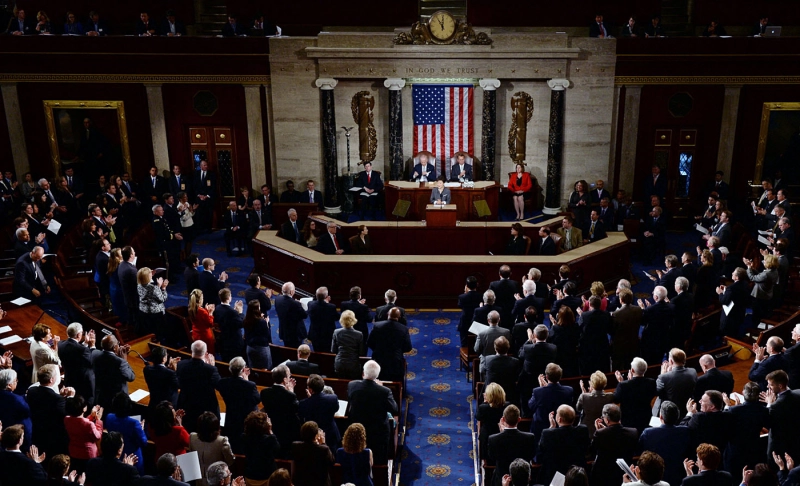By: Varun Kumar
April 1 2021

There were 58 motions for cloture between 1917 and 1970. In 2020, there were only 118, which is about twice as 58, and not five times more.
There were 58 motions for cloture between 1917 and 1970. In 2020, there were only 118, which is about twice as 58, and not five times more. U.S President Joe Biden held his first formal press conference on March 25, 2021. He answered questions on immigration and conditions at migrant facilities on the southern border, COVID relief, gun reform, etc. Regarding filibusters, Biden said that "between 1917 and 1971, the filibuster existed, there were a total of 58 eight motions to break the filibuster, that whole time. Last year alone, there were five times that many. So it's being abused in a gigantic way." A filibuster is a parliamentary procedure used in the United States Senate to prevent a measure from being brought to a count. The Senate adopted the procedure known as 'cloture' in 1917, a rule to allow a two-thirds majority to end a filibuster. Until 1949, cloture could only be moved on legislative measures, and nominations could not be subjected to cloture attempts. The action was designed to prolong debate and delay or prevent a vote on a bill, resolution, amendment, or other debatable questions. In 1975, the Senate reduced the number of votes required for cloture from two-thirds of senators voting to three-fifths of all Senators duly chosen (60 of the 100-member Senate). The record of Senate action on cloture motions shows that there were a total of 58 motions to break a filibuster between 1917 to 1970, the figure Biden stated. In 2020 alone, there were 118 motions, a bit more than twice as 58, not five times greater. The president perhaps meant to refer to the figures from the previous Congress(116th Congress) and not just last year. In 2019 and 2020, in the 116th Congress, there were 328(210+118) cloture motions filed, which is more than five times the motions filed from 1917 to 1970.